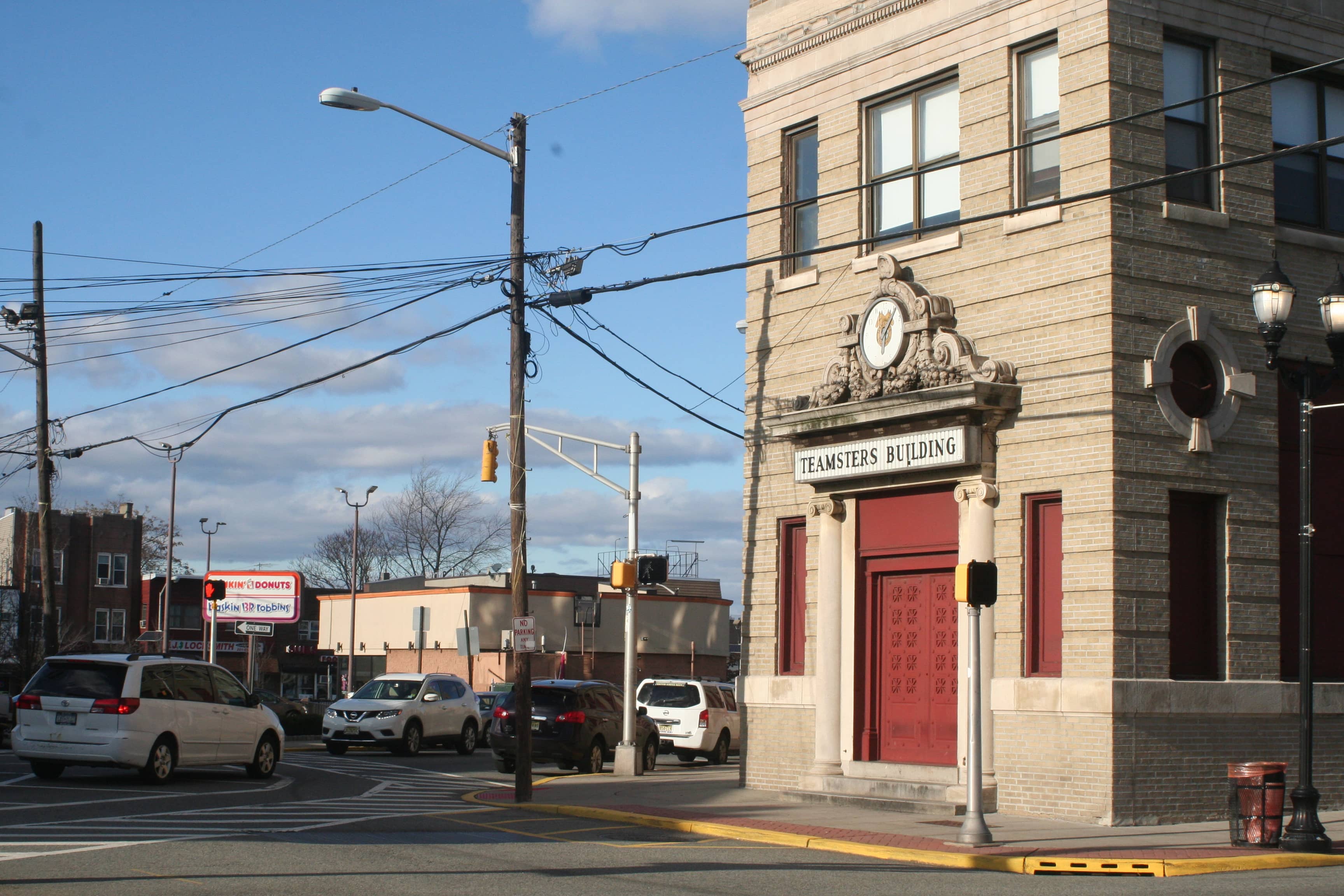HANGING BY A THREAD
Surviving Globalism and Losing Factory Culture in the Embroidery Capital of the World
By Frances Martel
UNION CITY, New Jersey – Most people who pass through Union City don’t realize it. It is the home of the entrance to the Lincoln Tunnel to Manhattan, the last bit of New Jersey you see before the big city erases your memory of it, if you flew into Newark Airport.
The criss-crossing highway bridges caging Route 495 blind New York tourists to Union City’s true face – the mom-and-pop restaurants with awnings from the 1970s, the endless Hispanic pride parades down Bergenline Avenue, the endless traffic jams caused by Hispanic pride parades down Bergenline Avenue. The only inkling of anything interesting going on is an eccentric old sign on the bridge carrying Kennedy Boulevard across the entrance to the tunnel.
Do the math and you’ll find the sign itself is 22 years old. Few can believe anything is the “embroidery capital of the world” in America in 2019. Its existence seems like the sort of gallows humor decorating a bridge leaving one of the Northeast’s biggest factory graveyards: “Trenton Makes, The World Takes.”
Union City became the capital of North Hudson’s embroidery industry at the turn of the 20th century thanks to its blessed geology – ground strong enough to keep the embroidery machines in place – and proximity to New York’s shipping harbors. Like much of the Garden State, it warmly welcomed New York’s rejects, first the Swiss and German, then the Italian and Irish, later the Cubans and, today, nearly every type of Latin American identity in existence.
Embroidery was far from the only game in town – breweries, industrial material manufacturers, a giant soap factory, and a long list of other goods populated the North Jersey factory ecosystem – and plenty of workplaces made their homes outside of city limits. But even those who worked a town or two away knew they could walk down Summit or Bergenline Avenues on any given weekend and see their coworkers running errands or heading to and from church.
Union City was the longtime social hub of factory culture.
Unionization happened slowly. The quintessential factory town, Union City became a hotbed of union activity in the early 1900s and, to this day, hosts a Teamsters union made legendary for its alleged role in the mysterious disappearance of Jimmy Hoffa. Combined union pressure and highway construction made it attractive for companies to move to the American south in the early and mid-20th century.

Then, globalization happened. This time, quickly. NAFTA sent jobs south, tolerance for human rights atrocities in China sent them east. Americans are by now familiar with the victims of the manufacturing apocalypse of the 1990s: the continued demise of Detroit and Flint, Michigan; the ghost towns of the Rust Belt; the heartbreaking tales of opioid addiction and boarded up downtowns in the heart of the country.
Union City’s embroidery industry, for the most part, collapsed. Yet unlike the aforementioned examples, the one-square-mile city, the most densely populated in the country, thrived. Small businesses, New York jobs, and an aggressive push by the municipal government to fill the embroidery void keep Union City going. Even a couple of embroidery businesses still crank out silk and lace in the city.
This is the story, told by a native daughter, of a city that thrived economically following the destruction of its core industry – and, yet, not entirely with a happy ending, having lost a critical cultural institution thanks largely to business decisions it had no say in made hundreds of miles away. It’s the story of what it takes to survive when decisions made at the federal and global level wipe out local livelihoods: big government, and lots of it.
Yet this is also, clearly, not a tragedy, nor is it a rebuke of the local government for growing when powers far bigger than it gave it no choice. The alternative was destitution, regression to a ghost town, the fate Union City narrowly escaped in the aftermath of World War II. But it should serve as a warning to those who wish to keep their governments contained that big government trickles down, even when local politicians act in good faith.
Photos by Frances Martel
COMMENTS
